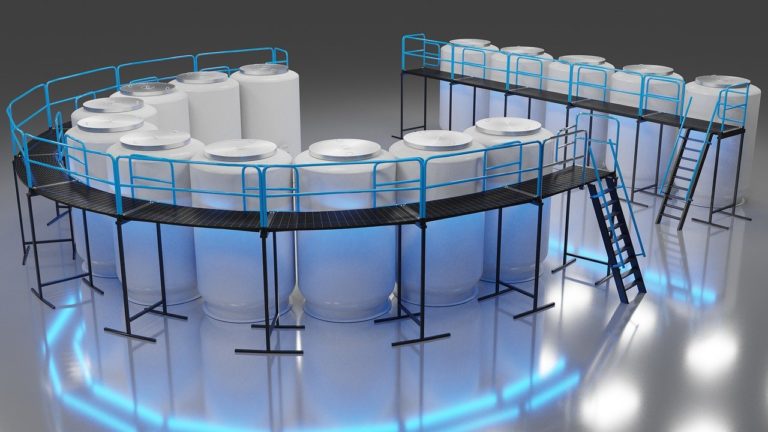During the COVID-19 crisis, when everybody is required to shelter in place, we ponder over our health and safety. With over 350,000 deaths worldwide due to COVID-19, we pray that there will be a vaccine sooner than the expected several years of developing one. We wish that there could be a way to bring people back to life after succumbing to the disease.
Cryonics, a form of preservation with ultralow temperatures and high cryogenic tank maintenance, is a fairly common practice in fiction. When we watch sci-fi movies, such as “Passenger,” “2001: A Space Odyssey,” and “Alien,” we can’t help thinking that cryogenically freezing a body might save us all one day.
But what is it about cryonics that some people with a deadly disease have gone to great lengths in the hope of being resurrected one day? How is it related to the other seemingly similar term, cryogenics?
Cryonics: Still Just a Possibility of Medical Success
Cryonics is an attempt to bring people back to life after they have succumbed to a deadly disease using ultralow temperatures. The dead body is preserved in a cryogenic vessel of liquid nitrogen at -196℃ after the body has been injected with anticoagulants and gone through vitrification. In vitrification, the blood is replaced with cryoprotectants, chemicals that allow the tissue to be cooled to ultralow temperatures without ice formation.
In October 2016, a high court in the UK granted a 14-year-old dying girl permission to be frozen through cryonic preservation after her death. She’d been suffering from a rare form of cancer since 2017. In the following year, while receiving palliative care, she appeared before the court after her parents had disagreed with her decision. She hoped to be brought back to life when a cure for her rare disease was found.
Cryonics is still just a possibility, though. It is based on modern science, and it has been commonly featured in popular culture and the press. But no scientific evidence can support the probability of bringing a dead person back to life yet. Cryobiologists and cryonicists are still confident that future technology will make cryonics a reality instead of merely an effort to save lives.
Cryogenics When They Mean Cryonics in Popular Culture

Some screenwriters, reporters, and novelists have used the two terms interchangeably. When we talk about preserving human bodies, cryogenics is what we remember instead of cryonics. They might have similarities because they both deal with ultralow temperatures and storage, but they don’t necessarily have a connection with each other. Cryonicists have nothing to do with cryogenics.
Cryogenics is a more general term to refer to the production and application of ultralow temperatures to cool and store materials. It is used in a variety of fields. In the food industry, for example, cryogenics is used to store large masses of frozen food for a long time and transport them to chaotic regions such as storm or earthquake-hit places and war zones. In the medical field, cryogenics is used in the transplantation of blood and preservation of biological samples.
The scenes we see in sci-fi movies or TV series and read in futuristic novels, wherein people are frozen in tanks or vessels either for space travel or medical advances, are cryonics, not cryogenics. But like in fiction, we wish that we could rely on cryonics when it comes to saving lives, especially in times of health crises such as the COVID-19 pandemic. It is comforting to think that we might have a second chance at life even after succumbing to a lethal disease.






